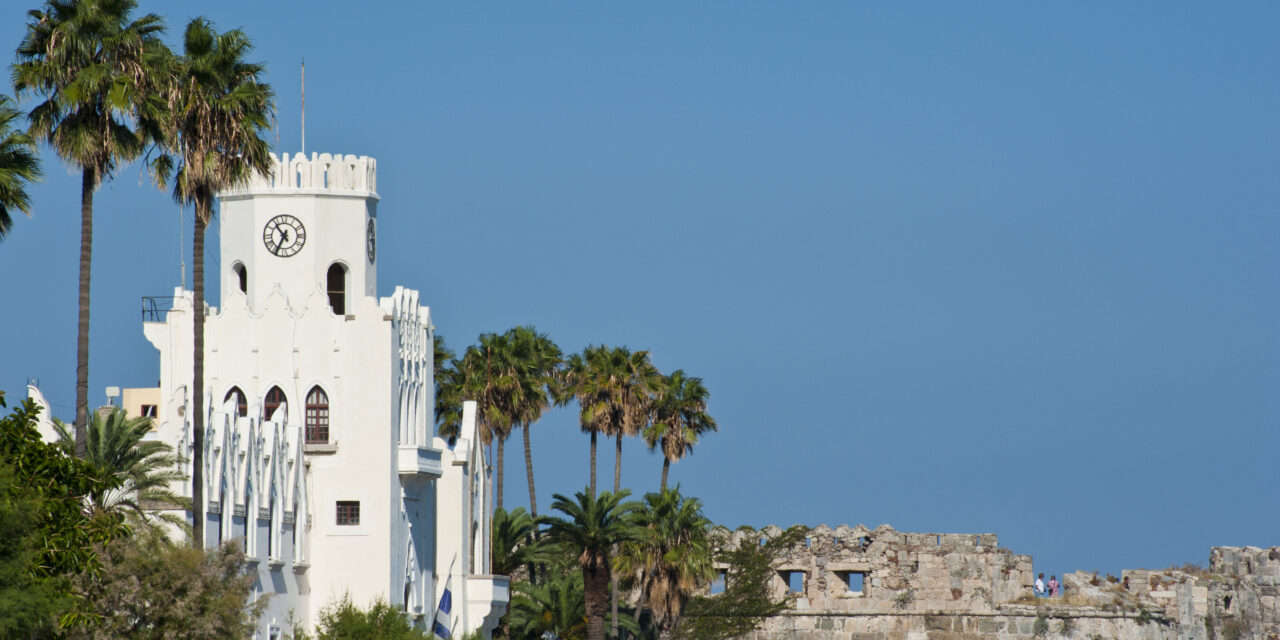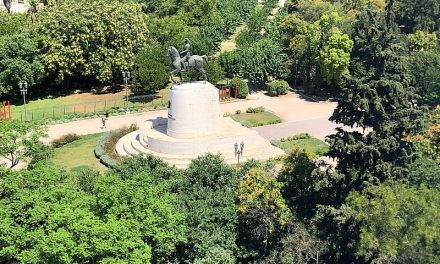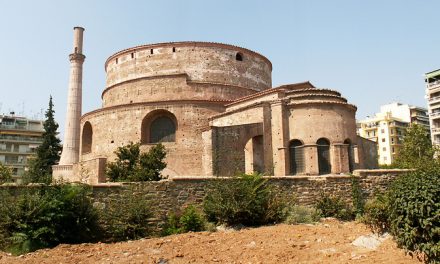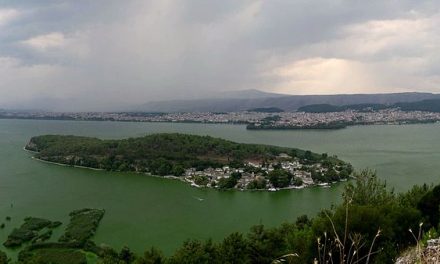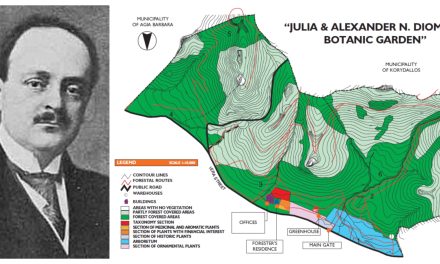The Dodecanese is a group of twelve main islands (and many smaller ones) in the southeastern Aegean Sea. The name itself literally means “twelve islands” – with each having a unique character and rich history, and attracting various types of tourism.
Historical background: From antiquity to the modern era
The history of the Dodecanese dates back to prehistoric times. Evidence suggests that islands such as Karpathos, Astypalea and Rhodes have been inhabited since Neolithic times. During the Minoan and Mycenaean eras, the islands played a crucial role in the Aegean Sea routes. By the time of the Classical period, several islands (especially Rhodes and Kos) developed into significant economic and cultural centers.
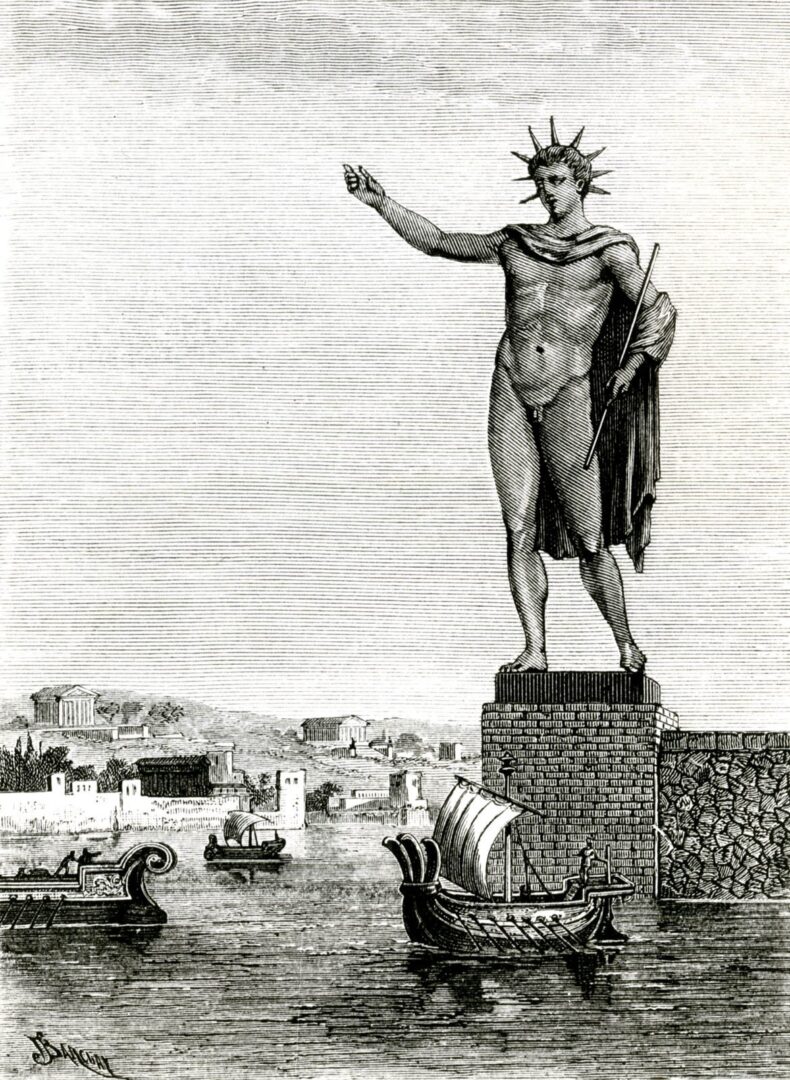
Rhodes in particular, with the foundation of its city-state in 408 BC, became an important commercial and naval center of the Mediterranean. After a short period of Persian rule, the islands became part of Alexander the Great’s empire and the subsequent Hellenistic world – mostly preserving its neutrality and forming alliances of commercial nature.
The famous Colossus of Rhodes, one of the Seven Wonders of the Ancient World, symbolized the island’s power. It was a massive bronze statue of the sun god Helios erected at the harbor in 294–282 BC; it had been commissioned to local sculptor Chares of Lindos, to commemorate the island’s successful defense against a siege by Demetrius I of Macedon in 304 BC. The Colossus, the tallest statue in the ancient world, would eventually collapse in an earthquake in 226 BC.
The islands became part of the Roman Empire in the 1st century BC, remaining important trade and cultural centers under Roman rule. Later, as part of the Eastern Roman (Byzantine) Empire, they served as frontier outposts against Arab invasions.
Due to the decline of the Byzantine navy since the 11th century, most of the islands sooner or later came under the feudal control of the fleets of Venice and Genoa.
In the early 14th century AD, the Knights Hospitaller (Knights of St. John) took over control of the islands of Rhodes (which became their base) and the nearby islands of Kalymnos, Symi, Tilos, Leros, Chalki and Kastellorizo. During their rule, which lasted for about 200 years, the “Knights of Rhodes” -as they were often referred to- built castles and fortifications, including the Palace of the Grand Master in Rhodes – the most famous tourist attraction of the island nowadays.
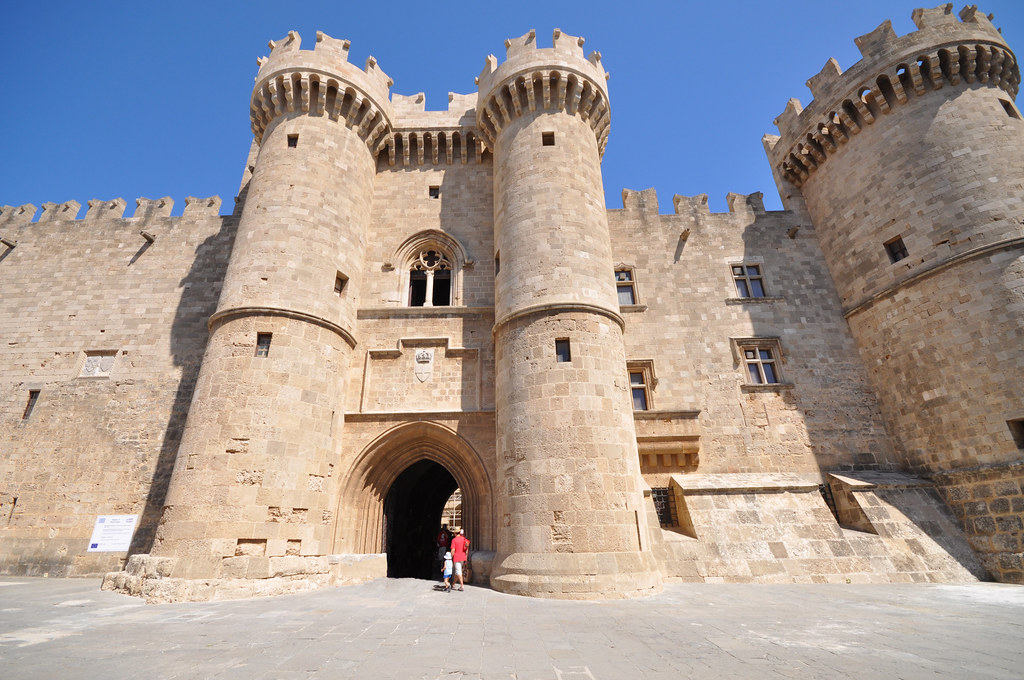
Suleiman the Magnificent conquered Rhodes in 1522 after a long siege. The rets of the islands soon also came under Ottoman rule, with some of them retaining local privileges; however, the region declined economically and culturally. As part of the Ottoman Empire, the Dodecanese were seized by Italy in 1912 (during the Italo-Turkish War over Libya).
The Italians invested in infrastructure; especially under the fascist rule of Mussolini (after 1922) they wished to create cities exemplifying their aesthetic ideals and also promote tourism, especially in the larger islands. Many monumental buildings, especially in Rhodes and Kos, were erected in that period, while the ruined Palace of Rhodes was also reconstructed, and the model town of Porto Lago was built on Leros.
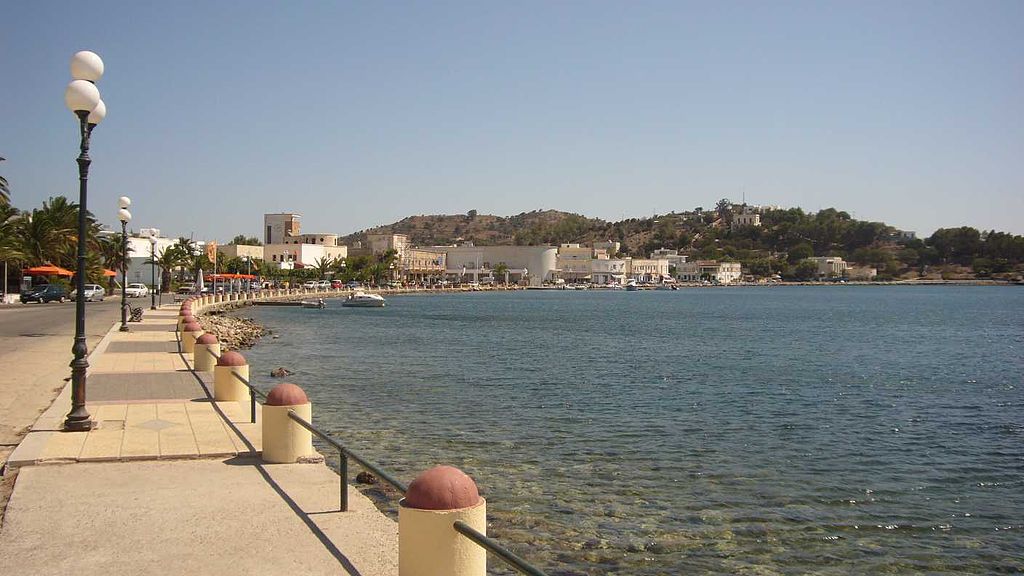
After the Allied victory in the Second World War, the islands came under British administration. The Dodecanese were ceded to Greece in 1947 under the Paris peace treaty. They officially became part of Greece in March 1947. In 1955 the Dodecanese became a prefecture with Rhodes as its capital.
Today, several of the smaller islands of the Dodecanese are involved in sustainability projects, most notably the GR-eco islands initiative, launched by the Greek government in 2019: an ambitious plan to achieve net-zero emissions by 2050. Chalki was the first Gr-Eco Island, and Astypalea was the first smart and sustainable island. The island of Tilos on the other hand has become Greece’s first Zero Waste Certified City, while the small island of Kasos has embarked on an energy transition towards full decarbonization.
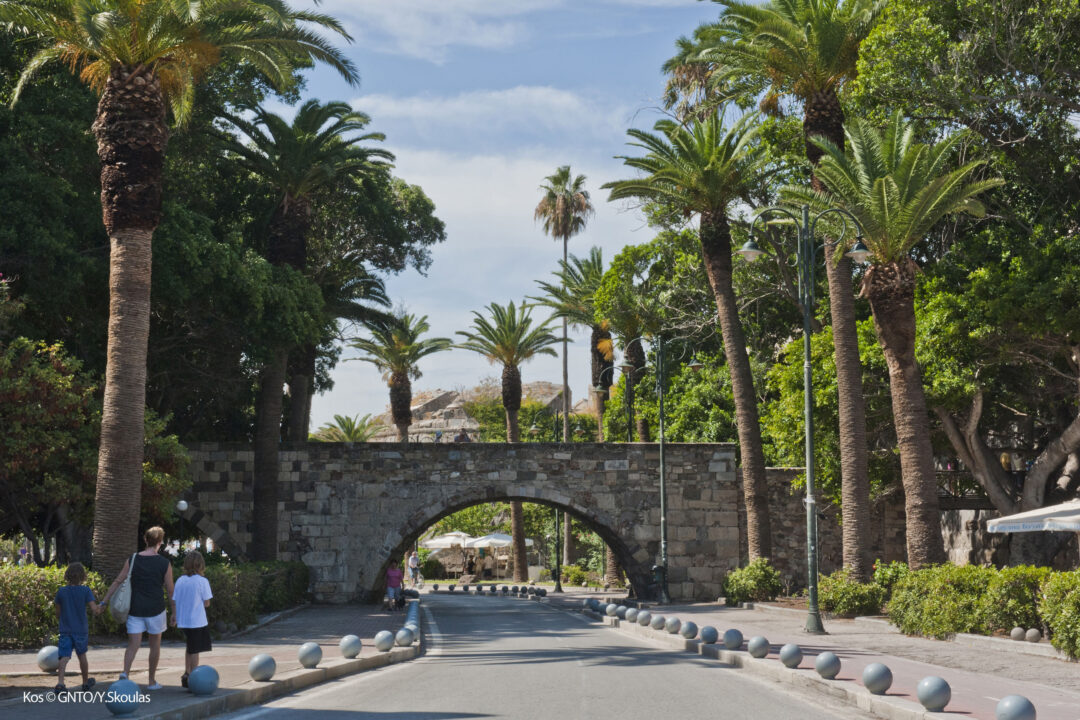
The many faces of the Dodecanese
The island group shares geographical proximity and a common historical background. However, each has its own unique character and attractions; any visitor can find an ideal destination in the Dodecanese, whether they are looking for a cosmopolitan resort, a relaxing family trip, a cultural travel experience, an alternative holiday far from the crowds, or a challenging adventure vacation.
Rhodes
Rhodes is the largest of the Dodecanese islands, and its capital city is the capital of the prefecture. Thanks to its rich history and financial power since the ancient times, it is home to important archaeological sites, such as Lindos, its ancient acropolis. It is however mostly famous for its medieval city, part of the UNESCO World Heritage List since 1988, which encompasses the impressive Palace of the Grand Master of the Knights of St. John. It also features great natural beauty -with the Valley of the Butterflies being particularly idyllic in the summer- and of course sunny beaches and luxurious seaside resorts.
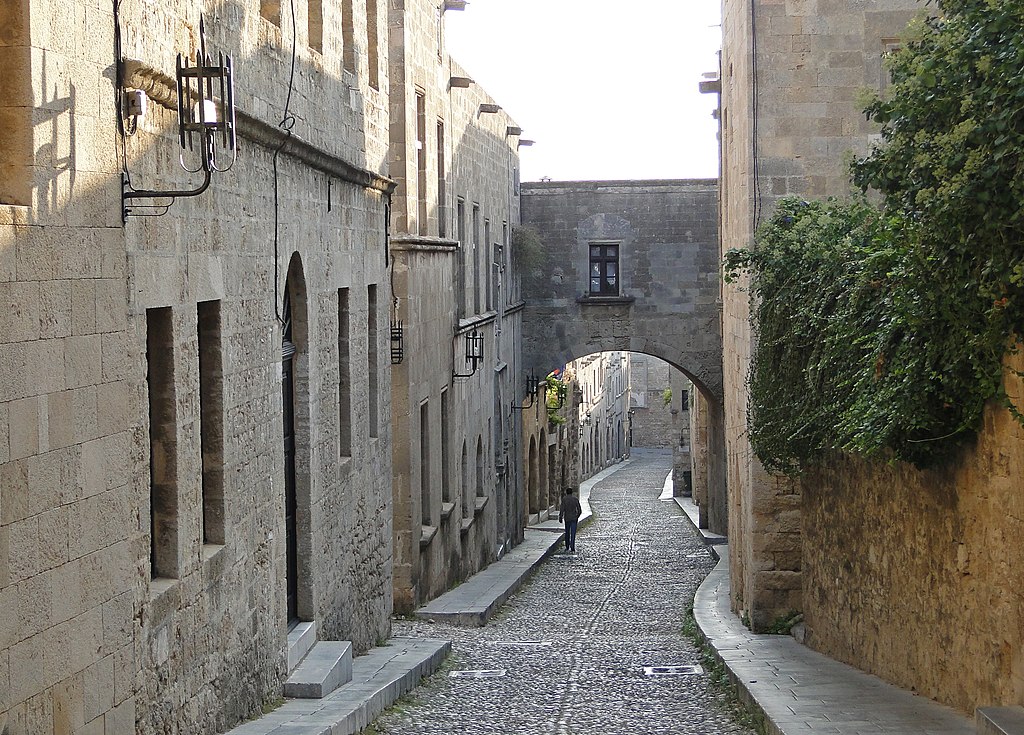
Kos
Kos also has a long history that can be traced in its many historical landmarks: from the ruins of the Asklepieion -the healing center where Hippocrates, the “Father of Medicine” and a Kos native, is believed to have trained- to the Roman Odeon and the ruins of Byzantine and medieval castles. It also features lush landscapes, great cycling routes, and long sandy beaches.
Patmos
Patmos is primarily known as a religious destination, thanks to its association with John the Apostle, who wrote the Book of Revelation there. The monumental Monastery of St. John the Theologian dominates the island, while another famous site is the Cave of the Apocalypse, where St. John received a series of prophetic visions which he recounted in the Apocalypse. The two have been declared a joint World Heritage Site by UNESCO in 1999. The island is a spiritual retreat destination with a serene, upscale vibe.
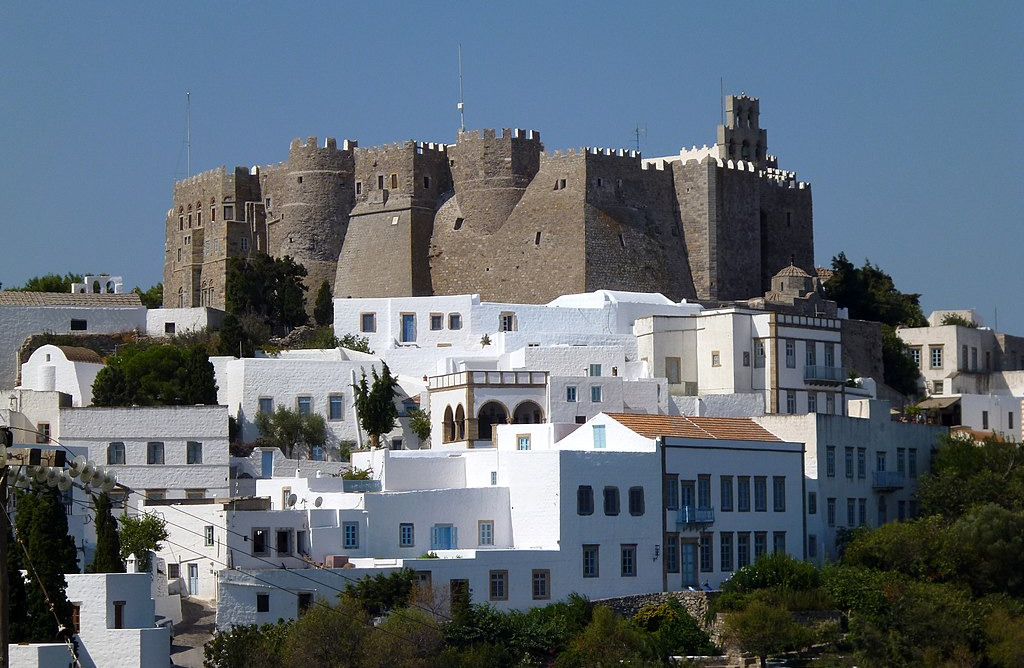
Karpathos
Karpathos is the groups second-largest island, but has retained an alternative character thanks to its mountainous and rugged terrain and relatively remote location. Its mountainous villages are known for preserving traditions from a bygone era. Its social structure has even been the subject of anthropological studies. Its dramatic landscapes make it ideal for outdoor adventures, while it is also popular to windsurfing enthusiasts.
Kalymnos
Kalymnos, north of Kos, is arguable the most ideal Dodecanese destination for adrenaline seekers: For a very long time, the island was known especially for its sponge divers, who used to free-dive with no equipment. It still forms an important part of the island’s heritage; there is even a local traditional dance called Mihanikos (literally, “[dance of the] mechanic”) which portrays the crippling effects of decompression sickness caused by sponge diving. Nowadays, visitors can still enjoy scuba diving. Kalymnos is however more famous as a rock climbing and bouldering destination, thanks to its rock formations and weather, featuring multiple hiking routes and climbing fields.
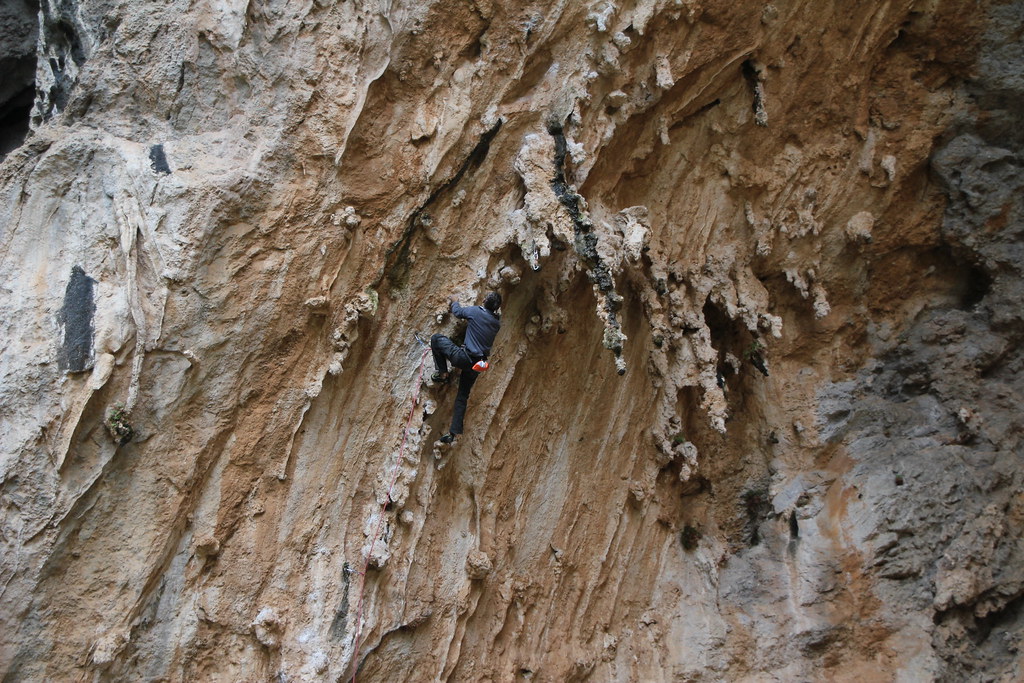
Symi
Another island traditionally known for sponge-diving is Symi, although nowadays the practice has all but died out. An interesting and little-known fact is that the entire island of Symi and the islets around it have been designated as archaeological sites by the Central Archaeological Council, as they include 159 sites and monuments, recordimng the history of the area from prehistoric to modern times.
Leros
The small island of Leros has been inhabited since the antiquity, and is referenced by Homer. During World War II, it held a strategic importance for Italy, especially for use by the Italian Navy, and was hence heavily bombed by the Allied forces. The island’s most prominent feature is its architectural monuments, influenced by Italian occupation – especially the 1930’s model town of Porto Lago / Lakki. Leros is ideal for quiet, relaxing vacations, far from the crowds.
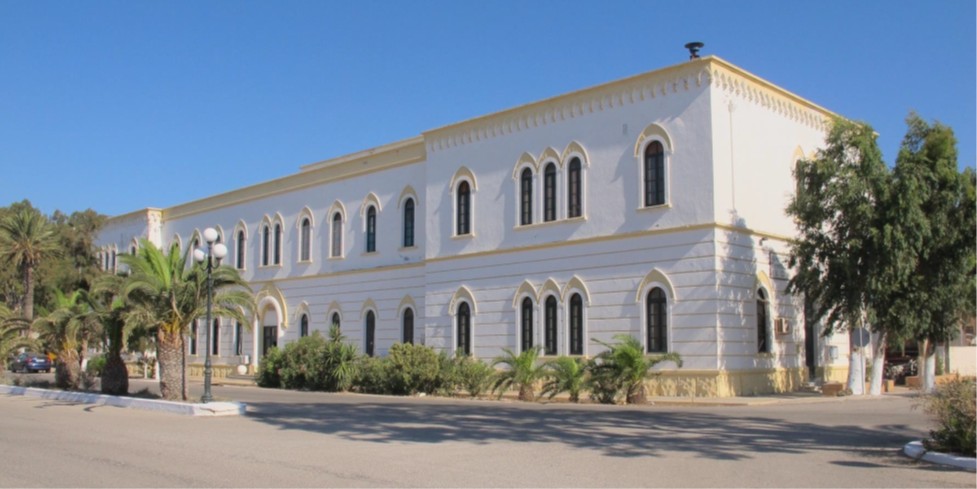
Nisyros
Probably the most distinctive feature of Nisyros is its active volcano, with a spectacular volcanic crater you can walk in. It has also a long history as witnessed in its ancient ruins, as well as quaint whitewashed villages. This is another island for quiet vacations, off-the-beaten-path. Several other islets are in the direct vicinity of Nisyros, the largest of which is Gyali, while most of the rest are uninhabited.
Kastellorizo (Megisti)
Kastellorizo is the easternmost Greek island, known for its natural beauty. Populated since the Neolithic period, it changed hands many times during its long and tumultuous history. It is particularly known for its fortresses, including an ancient fortified acropolis as well as the the Castle of the Knights which is said to have given the island its name. Another spectacular tourist attraction is the sea cave often referred to as “Blue Grotto”. The island was also the film location of the Italian film Mediterraneo, which helped raise its fame as a destination.
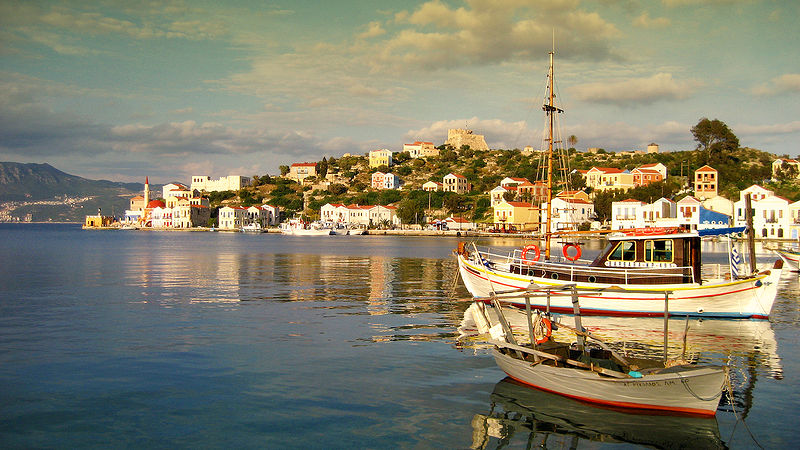
Tilos
Tilos is an ideal eco-tourism destination, especially if you enjoy birdwatching, as it is known for its biodiversity and wildlife. It is also a pioneer in renewable energy in Greece, being Greece’s first zero-waste island.
Astypalea
Being quite close to the Cyclades, Astypalea (or Astypalaia) closely resembles Cycladic islands, from both a cultural pint of view, as well as its natural landscapes. It is famous for its whitewashed houses and windmills in Chora. It is also a “Smart Green Island”.
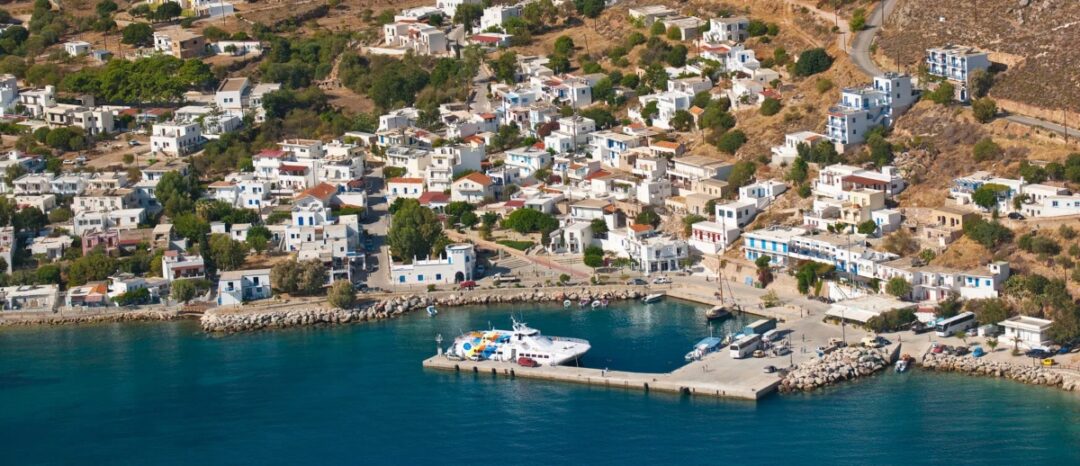
Chalki
The small, peaceful island of Chalki (or Halki) is the first Gr-Eco Island. It also features a ruined medieval castle of the Knights Hospitaler. It is another small island ideal for quiet, relaxed vacations.
Kasos
Kasos is a tiny island ideal for a quiet holiday away from the crowds. Its archaeological sites and museum witness it long history.
Read also via Greek News Agenda: The medieval city of Rhodes; The Monastery of Saint John the Theologian and the Cave of the Apocalypse on Patmos; Kastellorizo: Greece’s remotest island; Porto Lago / Lakki: a 1930’s model town in the Aegean; Chalki, the first Gr-Eco Island; “Just Go Zero Tilos”: Greece’s first zero-waste island; The “Smart Green Island” of Astypalea; Kasos, the small Greek island that goes for a sustainable, green growth
N.M. (Partly based on an article which appeared on Panorama Griego; intro image: View of Kos (Visit Greece / ©Skoulas)

